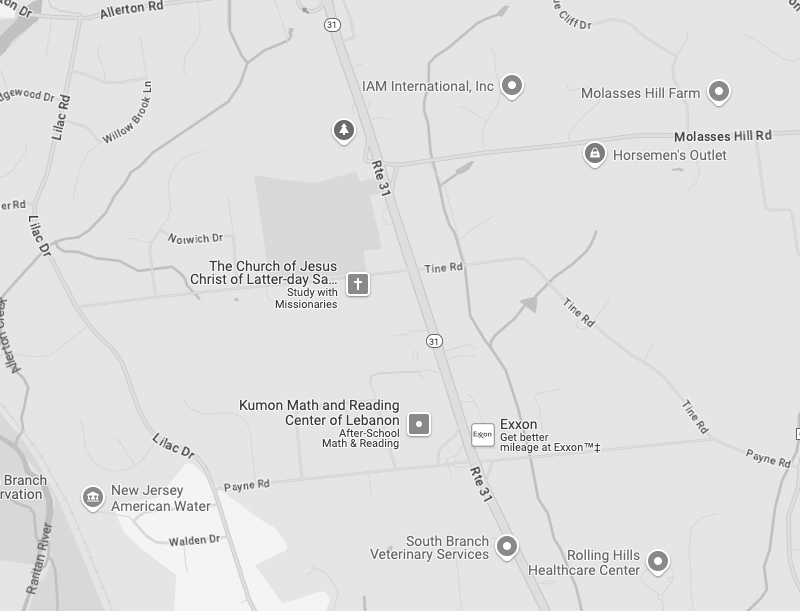January 15th, 2020
Sucking is a common instinct for babies and the use of a pacifier or their thumb offers a sense of safety and security, as well a way to relax. According to the American Academy of Pediatric Dentistry, the majority of children will stop using a pacifier and stop sucking their thumb on their own between…
Continue Reading
January 8th, 2020
Talking about a healthy diet usually means talking about food. After all, our teeth and gums need protein, vitamins, and minerals to stay strong and free from cavities and gum disease. But let’s not forget the part liquids play in our diets! What we drink can actually have a dramatic effect on our dental health.…
Continue Reading
January 1st, 2020
Every January 1st, you have your resolutions ready. No more nail biting. Lose ten pounds. Stop smoking. None of us are happy about those annoying bad habits we’ve picked up over the years. But if nothing else has helped you keep your resolutions, maybe seeing how they can improve your oral health will give you…
Continue Reading
December 25th, 2019
Some patients may require nitrous oxide to remove pain or anxiety during dental treatments. If you desire any form of dental treatment at our Lebanon, NJ office, Dr. DeCasperis may administer nitrous oxide for its anesthetic/analgesic properties. Commonly known as laughing gas, nitrous oxide is a gaseous sedative that’s inhaled through a mask over the…
Continue Reading
